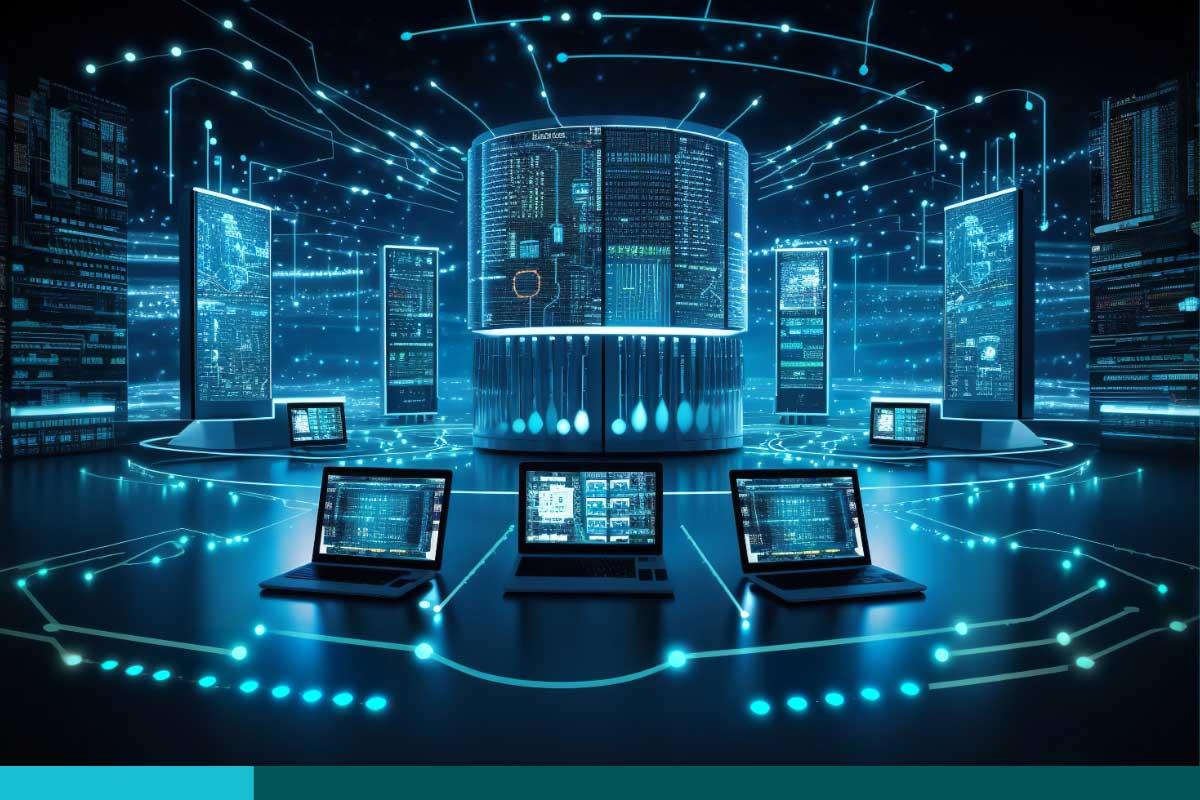The Intelligence Community’s Roadmap to Success

Recently the Office of the Director of National Intelligence (ODNI) released a roadmap entitled Vision for the IC Information Environment to outline a vision to protect the nation from adversaries and maintain a “strategic advantage" over those intending to harm its information infrastructure. The roadmap contains recommendations from a collaboration of more than one hundred technical leaders from the intelligence community (IC). It identifies Five Focus Areas the IC will consider investing in the coming months with the IC CIO Adele Merritt emphasizing the needs “…to take bold measures and push our IT to the forefront of better mission capabilities.” This is good news for IT companies as Dr. Merritt relays that “much of the IC’s mission runs on unseen IT” and that specific technologies are identified for the IC to address to modernize and protect its infrastructure. Let us examine these five areas and explore how IT companies can leverage these requirements.
Focus Area 1: Fortify the Mission with a Reliable and Resilient Digital Foundation
This area calls for the need to have reliable intelligence and superior insights stemming from secure networks, cloud-based services, computing capabilities, and IT services. The Commercial Cloud Enterprise (C2E) contract serves as the cornerstone for leveraging industry multi-cloud solutions. The CIO emphasizes the need for the IC to consider the most optimal approach for collaboration among competing contracting IT companies and to establish network interoperability with proper access control.
For sales engagement with the IC, IT companies will need to understand the essential requirements to provide IT solutions that will address technical and operational challenges. More importantly, those that can provide technologies and IT services, at scale, which can accommodate other companies’ cloud existing and future solutions, will be at a competing advantage. ODNI’s roadmap lists their target milestones as having this focus area commence in FY25 to develop the required tools and methodology and to select the contract service provider (CSP) to meet their individual requirements. The roadmap lists the completion of infrastructure to enable edge computing by 2028.
Focus Area 2: Assure the Mission with Robust Cybersecurity
“Robust” cybersecurity will require a solid approach to counter cyber threats and maintain enterprise-level protection. The roadmap reiterates the need for achieving the IC’s zero trust (ZT) goals within FY2023-28 where ZT architecture maturity is in enforcement within the IC Enclaves by FY28. Risk mitigation is also included in modernizing the IC’s enterprise risk Management framework (RMF) to enhance cybersecurity, as is a continuous authority to operate (cATO). This is an essential element that will also allow the IC to collaborate in a secure environment and across software platforms. Other cybersecurity measures include the need to improve the security and speed of DevSecOps, leveraging AI and by FY27, quantum-resistant cryptography (QRC), to bolster the protection of IC networks and data.
To meet the need for robust IC cybersecurity and zero trust architecture, IT companies will want to familiarize themselves with targeted milestones of the ODNI’s roadmap. Solutions supporting interoperability across the IC community will be essential. Observe the federal ZT Maturity Model, which ensures every user and device is assessed and authenticated appropriately to minimize network attacks and facilitate secure communication and data transport across the IC domains. CISA recently emphasized the urgency of using QRC to defend federal networks from the nation’s adversaries as well, so IT companies offering related QRC capabilities will advance their market competitive edge with the IC agencies.
Focus Area 3: Enable the Mission with Modern Practices and Partnerships
Here, the ODNI envisions seamless dynamic collaboration and secure information sharing with partners (e.g., IC, DoD, and Five Eyes Enterprise (5EE) allies and third parties). This includes agile ad-hoc, non-traditional IC partnerships to address mission needs. Operationally, this calls for the use of AI, closed captioning tools, and virtual and immersive technologies that facilitate collaboration across geographic and linguistic barriers among the IC, its domestic and global partners. The targeted Milestone to capture IT tools to support ubiquitous IT accessibility for the IC and partners is set for FY27, but FY 28 is the targeted milestone to establish enterprise guidance and standards to support missions and enterprise needs.
To successfully support the IC, IT companies will need to offer the IT tools identified above and demonstrate agility and innovative solutions that can support rapid creation and termination of ad-hoc IC partnerships. Such solutions would include establishing technologies to ensure interoperability among the IC elements and enterprise functions: DevSecOps, AI model development, and training.
Focus Area 4: Enhance the Mission with Data-Centricity
The IC is currently implementing its Data Strategy 2023-2025, with the goal of enhancing its end-to-end data management practices to facilitate intelligence and insights across the IC and partner organizations. This involves enabling accessibility and interoperability of the IC’s data in real-time and observing policy authorities, privacy, and robust security. Guidance and tools to support end-to-end data management is targeted for FY26, including establishing an IC data reference framework supporting data-centricity at scale. Tools, and services for the IC elements and mission-based functions to leverage as part of the IC’s data-centric architecture are slated for FY27.
IT companies will want to demonstrate a thorough understanding of the requirements and pivotal role of Data for the IC. Offering technical solutions will call for the removal or minimization of barriers to data access across the IC and partners. Solutions that can leverage AI/ML to support the speed, reliability, and scale of data-driven insights will be a key asset to the IC.
Focus Area 5: Accelerate the Mission with Advanced Technologies
This area calls on the IC’s need to leverage AI services at scale to enhance efficiency in perform daily tasks. Additionally, it calls for research on other technologies such as quantum computing and emerging technologies to defend against adversaries. To leverage these technologies, ODNI emphasizes the need to improve the skills and proficiencies of the IC’s workforce to support these advanced technologies. The deadline is FY27 for the IC to develop policies and incentives to support an advanced IT workforce.
To help the IC accelerate its implementation of advanced technologies, offerings from IT companies need to include training to prepare the workforce for AI and ML. To grow these talents, industry will want to work closely with academia to develop practical AI curriculums and support recruitment efforts that align with intelligence and STEM. Solutions should focus on the industry’s best practices that will advance policies and incentives for the IC and its partners, including the need to identify barriers to both the development and adoption of AI programs.
ODNI understands the importance of advanced technologies and the need for the IC to invest in technology modernization to have unequaled advantages over adversaries. These focus areas aim to accelerate the IC’s capabilities and call on IT companies to bolster their intelligence missions. The roadmap identifies concrete requirements and milestones for the IC to leverage information technology. This undoubtedly presents excellent opportunities for IT companies to demonstrate their capabilities and practical insights to the intelligence community.
To get more TD SYNNEX Public Sector Market Insight content, please visit our Market Intelligence microsite.
About the Author: Toan Le is focused on providing insights on federal IT buying trends, with a particular focus on the Department of Defense and the Intelligence Community. Over the past years, his work ethic, diverse skill sets, and professional experience in research, analytics, information technology, and public health have made a solid contribution across the public and private sectors. Toan earned his doctorate from the Johns Hopkins University, Bloomberg School of Public Health.


























